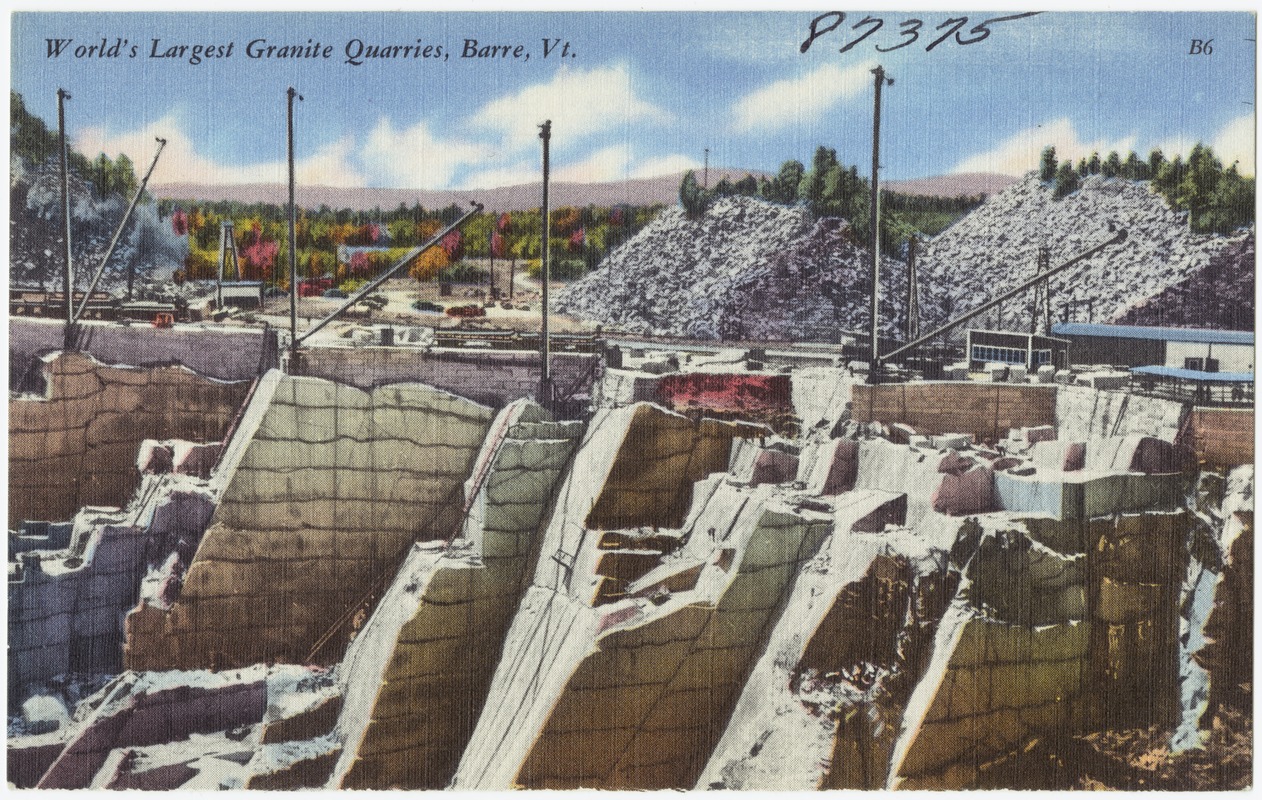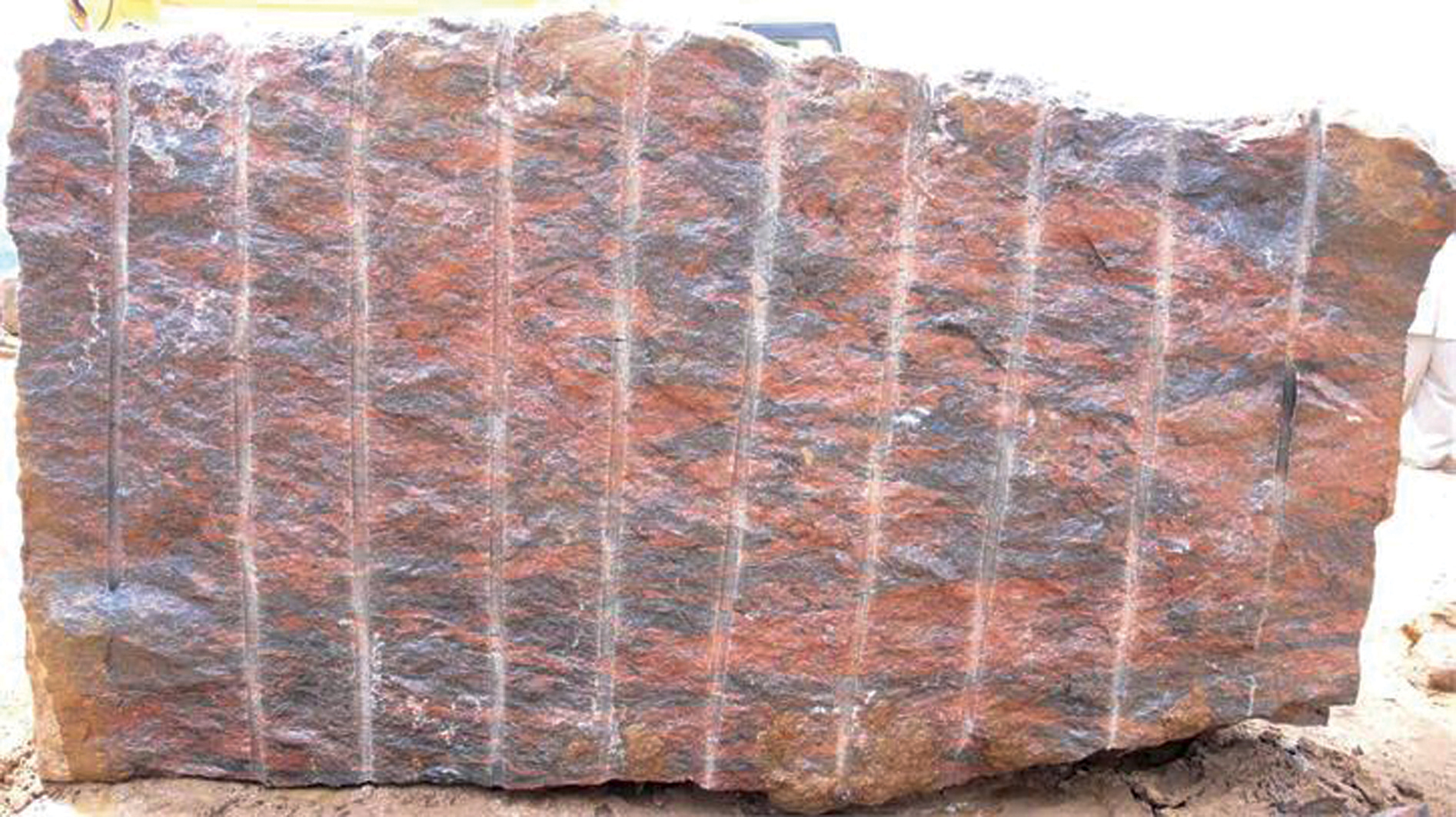The Covert Gems: Exploring Granite Quarries in South Africa
The Covert Gems: Exploring Granite Quarries in South Africa
Blog Article
Unearthing the Rich History and Sustainable Practices of Granite Quarrying
As we stand on the precipice of revealing the complex tapestry of granite quarrying, a journey through time reveals not just the physical act of drawing out stone yet also the cultural and historical significance woven right into the extremely material of this method. From the old origins that laid the structure for modern quarrying methods to the lasting techniques that are shaping the future of this industry, each sculpt mark on granite surface areas narrates waiting to be unearthed (granite quarries in south africa). The heritage of granite quarrying extends much beyond mere removal; it is a testament to human ingenuity, strength, and the long-lasting appeal of this majestic stone
Ancient Origins of Granite Quarrying
Going back to old civilizations, the technique of quarrying granite has been an indispensable part of human history and building improvement. The earliest evidence of granite quarrying days back to ancient Egypt, where substantial pyramids and elaborate sculptures were crafted from this sturdy rock. The Egyptians used primitive tools to remove granite blocks from quarries, showcasing the relevance of this product in their huge buildings.
Relocating forward in background, the Greeks additionally made substantial payments to the quarrying of granite. The Greeks made use of granite in various building marvels, such as temples and sculptures, demonstrating their ability in shaping and carving this sturdy rock. The Romans additionally fine-tuned the methods of quarrying granite, utilizing advanced tools like chisels and hammers to extract and shape granite for their famous structures.
With the centuries, the practice of quarrying granite has advanced, with modern innovations boosting performance while preserving the timeless allure of this natural stone - granite quarries in south africa. From old civilizations to contemporary builders, the tradition of granite quarrying proceeds to shape our globe
Advancement of Quarrying Techniques
The development of quarrying strategies has been noted by a continuous development towards better efficiency and precision in removing granite. Early quarrying strategies entailed hands-on labor with standard tools such as knives, hammers, and wedges to extract granite blocks from the planet.
In even more current times, the arrival of machinery transformed the quarrying sector, enabling much faster removal prices and enhanced productivity. Technologies such as diamond wire saws, high-pressure water jets, and pneumatically-driven drills have become standard in modern-day quarries, enabling for specific cutting and lowered waste. In addition, innovations in computer-controlled tools and 3D modeling have actually enhanced quarrying procedures, causing marginal environmental effect and boosted sustainability practices. As the need for granite remains to increase, the advancement of quarrying techniques stays indispensable to conference sector requires effectively and sustainably.
Social Significance of Granite
Granite holds an extensive cultural significance across numerous civilizations due to its enduring existence in architectural masterpieces and admired monoliths. The cultural significance of granite extends beyond its physical characteristics; it symbolizes resilience, stability, and eternity, making it an icon of withstanding legacies and practices.

Lasting Practices in Quarrying
Amidst the rich background of granite quarrying and its cultural relevance exists a growing focus on sustainable practices within the sector. As ecological awareness and issues about source exhaustion have enhanced internationally, the quarrying sector has increasingly accepted lasting methods to reduce its influence on the setting and bordering neighborhoods.

Moreover, improvement and rehab of quarry websites post-extraction are essential to lasting practices. By bring back quarried areas to an all-natural or beneficial state, such as developing wild animals environments or entertainment rooms, quarriers can counter the environmental footprint of their procedures and contribute favorably to the regional ecosystem.
Tradition of Granite Quarrying
With a historic background soaked in craftsmanship and commercial development, what enduring influence has granite quarrying left on the landscape of modern-day society? The legacy of granite quarrying goes beyond mere extraction techniques; it has actually shaped building marvels, city landscapes, and cultural heritage worldwide. The durable nature of granite has actually made it a recommended selection visit the site for monuments, buildings, and framework, standing as a testament to the skill and creativity of quarry workers across generations.
Furthermore, the economic footprint of granite quarrying can not be overlooked. The industry remains to supply employment possibilities and drive regional economic situations in regions where granite extraction is common. It has likewise stimulated technical innovations in quarrying techniques and devices, leading to more efficient and sustainable techniques.
In terms of sustainability, the tradition of granite quarrying includes efforts to mitigate environmental influences via reclamation tasks and accountable resource monitoring. By stabilizing financial rate of interests with environmental stewardship, the market aims to ensure that future generations can remain to gain from this check enduring natural deposit.
Final Thought

Report this page